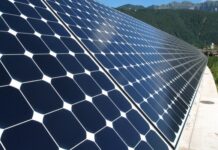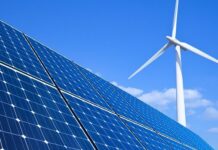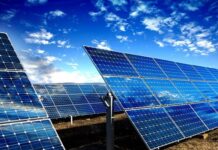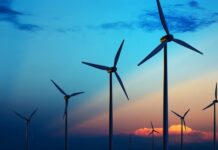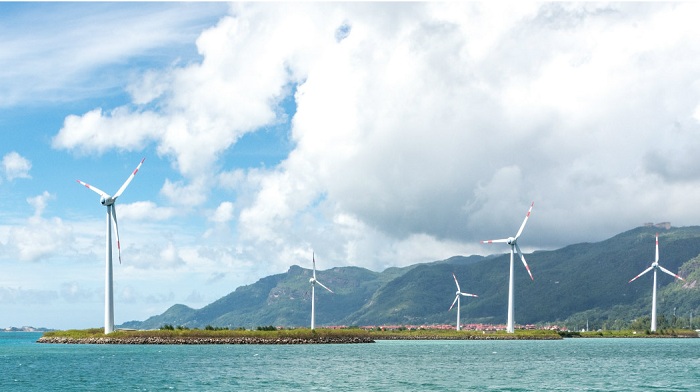The Biden administration will look to remove many of the legislative and logistical hurdles to offshore wind development in the area, off the east coast of the US, by designating the area as one where the federal government can lease space directly to private renewable power companies. The US will also make $3bn in funding available in the form of loans for companies who want to invest in the region, as the government looks to remove some of the considerable financial hurdles to development in the area.
The announcement represents significant federal support for a project that has long been a priority for local governments. The state of New York is aiming for 70% of its electricity to come from renewable sources by 2030, ahead of a transition to an energy system that relies on no fossil fuels a decade later.
The news follows the announcement of the awarding of 2.49GW of offshore wind contracts to power giants Equinor and BP earlier this year; combined, the events highlight the new administration’s commitment to offshore wind power in the region.
This joint venture is now responsible for providing 3.3GW of power through its Empire 1, Empire 2, and Beacon 1 projects, all located off the coast of New York City. The involvement of such wealthy and influential energy companies could help encourage rapid development and acceptance of an energy source that remains relatively untapped in the US.
The offshore wind sector in the US is still in the earliest stages of development, with currently just the 30MW Block Island Wind Farm in production, but those involved in renewable power consider there to be significant potential for the sector.
In an article published in Offshore earlier this year, authors Carolyn Amon and Marlene Motyka suggested that the sector could reach 30GW of production by 2035, based on state government projects alone. Considering that the levelised cost of energy production has fallen by 67% since 2012 for “fixed wind” projects, this could be an especially attractive time for investment in one of the few renewable energy sectors that remains under-developed in the US.
The development of offshore wind in the New York/New Jersey Bight also forms a key part of the Biden administration’s renewable power plan, which is rumoured to include a $3tn investment in clean energy infrastructure to aid the country’s economy and decarbonise its power sector in the long term.
Despite these lofty ambitions, the project has attracted its share of criticism, including scepticism from the opposition Republican Party, who are uneasy with Biden’s heavy investment in what remains a significantly unproven technology in the US. Similarly, some local residents have voiced concern with the project, opposing in particular the fact that the new projects are set to draw power from coastal communities in New York City.
However, the economic and environmental potential of the development cannot be ignored, and the project has received widespread support from a number of activism groups and private companies, who have signed a statement in support of the move under the banner of the New York Offshore Wind Alliance.
“We are united in our belief that done right, offshore wind power will create thousands of quality, family-sustaining jobs in manufacturing, construction, operations, and maintenance, and in the development of port facilities and associated infrastructure,” announced the Alliance in a statement this week, which counts among its signatories Ørsted, the Union of Concerned Scientists, and the New York League of Conservation Voters.
“We agree that offshore wind power can and must be developed in a manner that protects coastal and marine ecosystems and advances social equity and environmental justice.
“Together, we stand ready to work with the Biden administration to help fulfil today’s offshore wind commitments with a comprehensive, responsible approach to scaling up this critical new energy source for America.”



